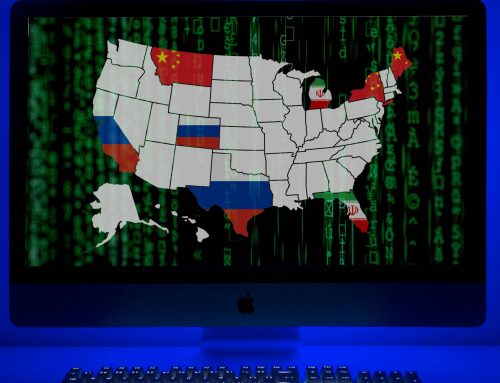Introduction
The 2020 presidential election was called the most secure in U.S. history, largely due to efforts to protect the nation’s different physical and cyber infrastructure. This was a triumph considering the physical, cyber, and even human assets that make up the election infrastructure have been and continue to be susceptible to threats. In 2020, many states adopted measures to mitigate threats to physical and cyber election assets like voting equipment, ballots, and facilities, as well as computer services and databases that store voter information. For example, states with close results in the 2020 presidential race had paper records of each vote, which gave them the ability to go back and count each ballot if necessary. Other measures such as pre-election testing, state and federal certification of voting equipment, and increased collaboration between election officials and their security partners helped provide additional assurance that the 2020 election results were legitimate.
Unfortunately, analogous measures were not in place to protect many of the people—from state and local election administrators to poll workers and vendor staff—who administered the elections. Due in large part to the incendiary rhetoric from former President Donald Trump and his followers, many election officials were threatened and harassed, and such behavior shows no signs of abating. Instead of taking steps to address this problem, many states have passed or are considering passing laws that could make this problem worse. Georgia’s new law removed the Georgia’s secretary of state—who rejected Donald Trump’s effort’s to overturn the state’s 2020 results—from decision-making power on the state election board and turned control of the board over to a politicized, less knowledgeable body: the state legislature. Iowa’s new law threatens election officials with criminal prosecution for failing to follow new voting rules. And Florida recently adopted a rule that subjects its local election officials to a civil penalty of $25,000 if a drop box at an early voting site is left accessible for the return of ballots outside of early voting hours.
The unrelenting targeting of administrators—along with unfunded election mandates, threats, burn out, and fatigue—has pushed many election officials to leave or consider leaving their positions. According to a recent Democracy Fund/Reed College Survey of Local Election Officials, approximately one-third of chief local election officials will be eligible to retire before the 2024 election, including more than half of those in the largest jurisdictions, which each serve more than 250,000 registered voters. Considering what many of these election officials and their staffs endured during the 2020 election cycle, and continue to experience, it would be unwise to simply wait and hope that they decide to hang on. Instead, every effort should be made to create an environment that is as conducive as possible for retaining these unsung heroes of the 2020 elections. The ability of the United States to conduct future secure elections may well depend on it.
This paper focuses on measures state and local governments can take in concert with their election offices to help retain as many of their high-performing election officials as possible. State and local governments should have support from the federal government and Congress to help address this national security issue, but if the fight over funding the 2020 election is any indication, they should begin taking steps to address this problem now. Below are ten suggestions for how state and local governments can retain their high-performing election officials. None is a “silver bullet,” not all of them will be relevant for each state and local government unit, and some governments have already taken many of these steps. But in addressing election official retention solutions, these suggestions provide remedies for some of the thorniest problems that election officials encounter.





